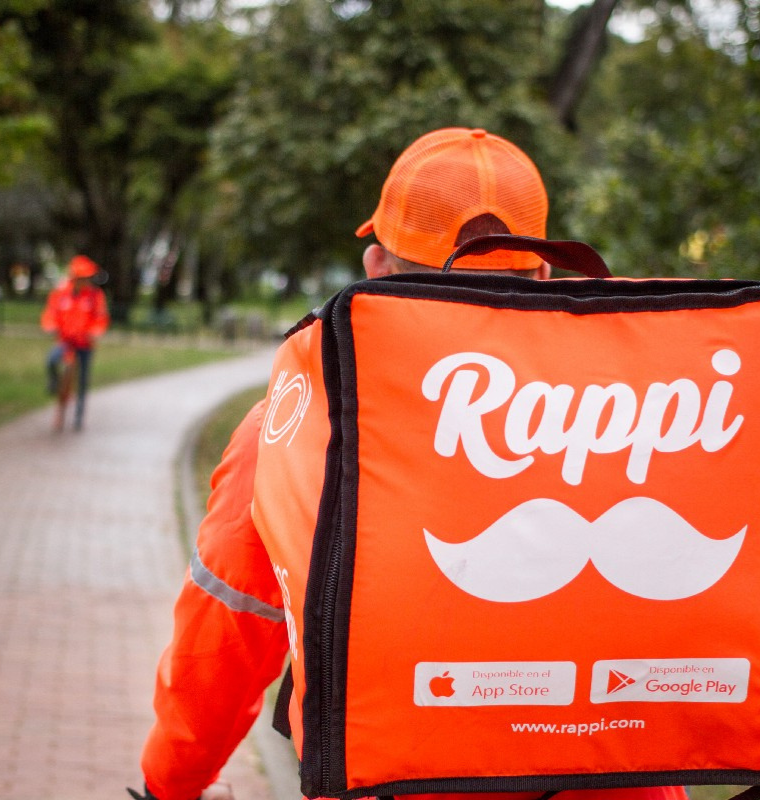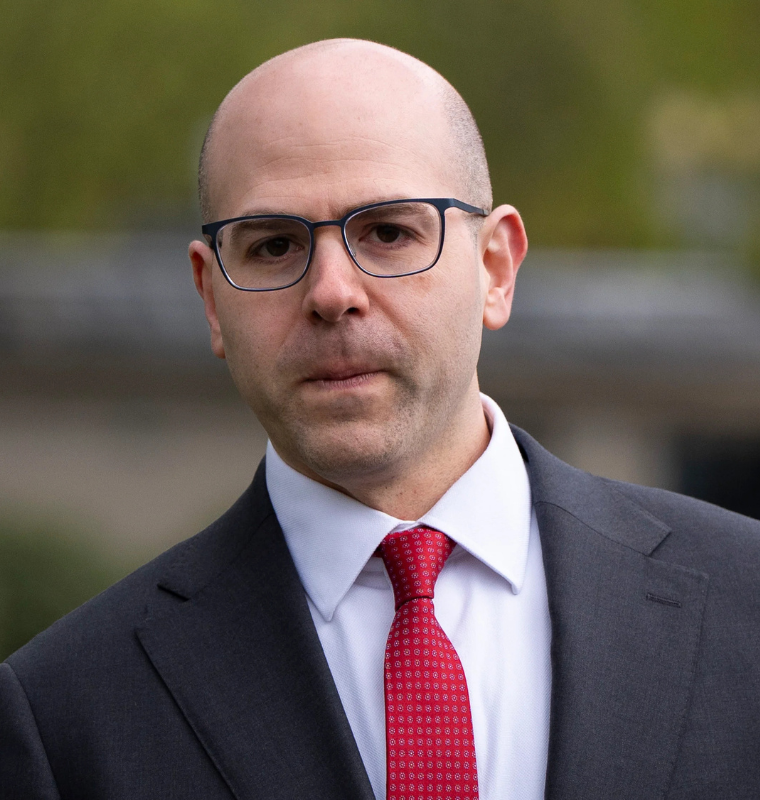Luxury Brands Brew a New Strategy: From Runways to Cafés, Fashion Houses Win Over Asia’s Experience-Driven Shoppers
Luxury Brands Brew a New Strategy: From Runways to Cafés, Fashion Houses Win Over Asia’s Experience-Driven Shoppers
By
David Goldfarb
Last updated:
October 16, 2025
First Published:
October 16, 2025
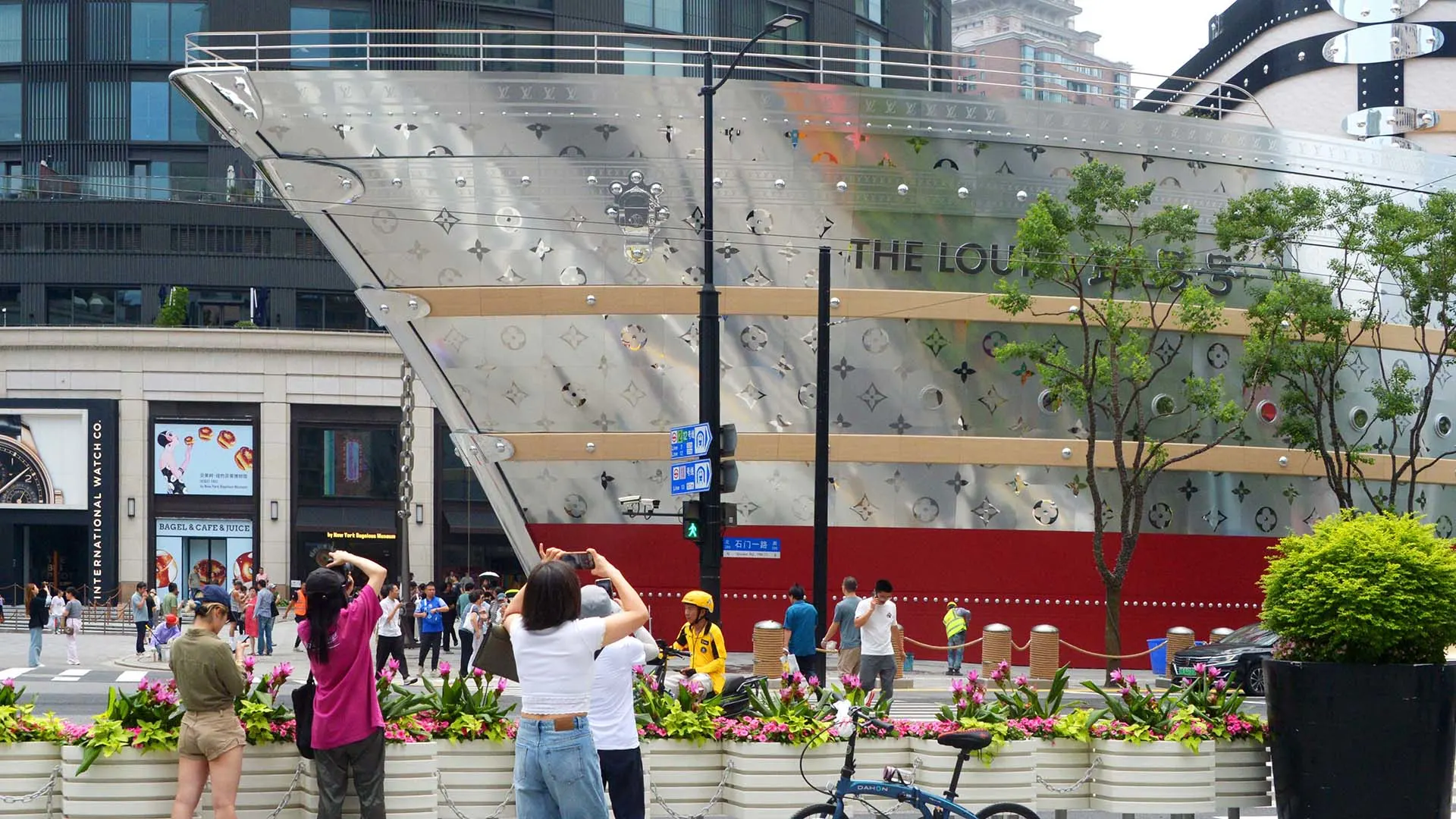
Photo: Inc. Magazine
Luxury fashion is undergoing a quiet but powerful transformation across Asia. Once defined by marble-floored boutiques and exclusive handbag launches, brands are now competing for consumer attention through something far more accessible — coffee and culinary experiences.
From Coach’s chili crab ice cream in Singapore to Ralph Lauren’s elegant cafés serving $9 lattes alongside $900 jackets, top fashion houses are redefining what it means to “shop luxury.” And the strategy appears to be working.
A New Kind of Luxury Experience
In Asia, where younger generations are prioritizing shared experiences over tangible goods, major fashion brands have found new ways to attract foot traffic and brand loyalty.
“Gen Z across the globe really focus on self-expression,” said Coach CEO Todd Kahn in an interview with CNBC’s Squawk Box Asia. “Our cafés are about extending that self-expression — building community and creating emotional connections.”
Coach, which operates over 980 stores worldwide, began experimenting with dining concepts in Asia several years ago. After testing everything from pop-up restaurants to themed dessert shops, the brand concluded that coffee shops are the best fit for its experiential retail approach.
Kahn revealed that Coach cafés are not just crowd-pullers — they are profitable on their own. “Where we have a coffee shop, we’ve seen somewhere between 15% and 35% higher retail performance in the adjoining store,” he said. The concept has been so successful that Coach plans to open more than 100 cafés globally within the next four years, with one of its most ambitious ventures — a Coach steakhouse at Singapore’s Jewel Changi Airport — opening soon.
The Café Craze Sweeps Luxury Fashion
Coach is far from alone in this movement. Louis Vuitton, Dior, and Prada have all joined the experiential retail wave, launching cafés and restaurants in key Asian markets like Tokyo, Seoul, and Shanghai.
Ralph Lauren, one of the earliest pioneers of fashion-meets-food, now operates cafés from Hong Kong to Bangkok, serving lattes and pastries in beautifully branded environments. The appeal lies not only in taste but in lifestyle — a chance for customers to “live the brand” without the need to spend thousands of dollars.
In Singapore, for example, Ralph Lauren’s Café offers a $9 vanilla latte — a small indulgence compared to the $693 price tag on a corduroy letterman jacket hanging nearby. For luxury shoppers, this makes the café a gateway to the brand’s world, fostering aspirational connections that often translate into future purchases.
From Handbags to Mochas: Capturing Gen Z’s Attention
The global luxury market has evolved rapidly over the past decade. According to McKinsey & Company, profits in the sector nearly tripled between 2019 and 2024, but 80% of that growth came from price increases rather than rising demand.
Now, the tide is shifting. Data from Bain & Company shows that luxury sales dipped 2% in 2024, marking the first slowdown in 15 years (excluding the pandemic). As a result, brands are rethinking how to attract the next generation of buyers — and cafés have become the perfect bridge.
Kahn explained that today’s young consumers want attainable entry points to luxury. “I don’t feel good telling someone they should save four months of salary to buy a handbag,” he said. “The bulk of our products sell between $300 and $500 — that’s reachable for a young person.”
Coach’s playful approach — from themed desserts like the “chili crab” soft serve topped with a branded mantou to social-media-friendly interiors — creates an experience designed for Gen Z’s digital lifestyle. Each visit doubles as a shareable moment, spreading organic brand awareness across platforms like TikTok and Instagram.
The Future: Community Over Commerce
The café model represents more than a marketing gimmick — it’s a structural shift in how luxury brands view consumer relationships. Shoppers today want brands that reflect their values, creativity, and individuality.
“Soon, we’ll be talking about Gen Alpha,” Kahn added. “They’ll grow up expecting every purchase to be part of an experience.”
As luxury companies face slowing sales, rising costs, and shifting demographics, the fusion of food, fashion, and culture could be their most powerful adaptation yet. In Asia, where shopping malls double as social hubs, the café trend is blurring the line between retail and recreation — and giving brands like Coach and Prada a fresh taste of success.
In the new age of luxury, the aroma of freshly brewed coffee may just be as important as the smell of Italian leather.
Popular articles
Subscribe to unlock premium content
The Digital Stage Economy: How Virtual Concerts Are Turning Pixels Into Profits
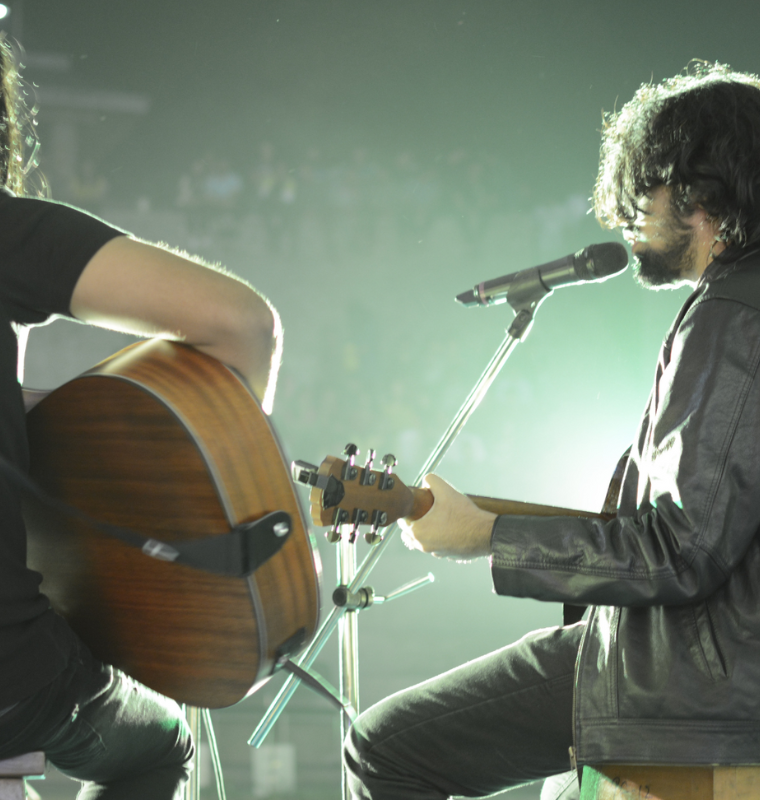
The Festival Economy: How Cultural Celebrations Turn Into Massive Markets
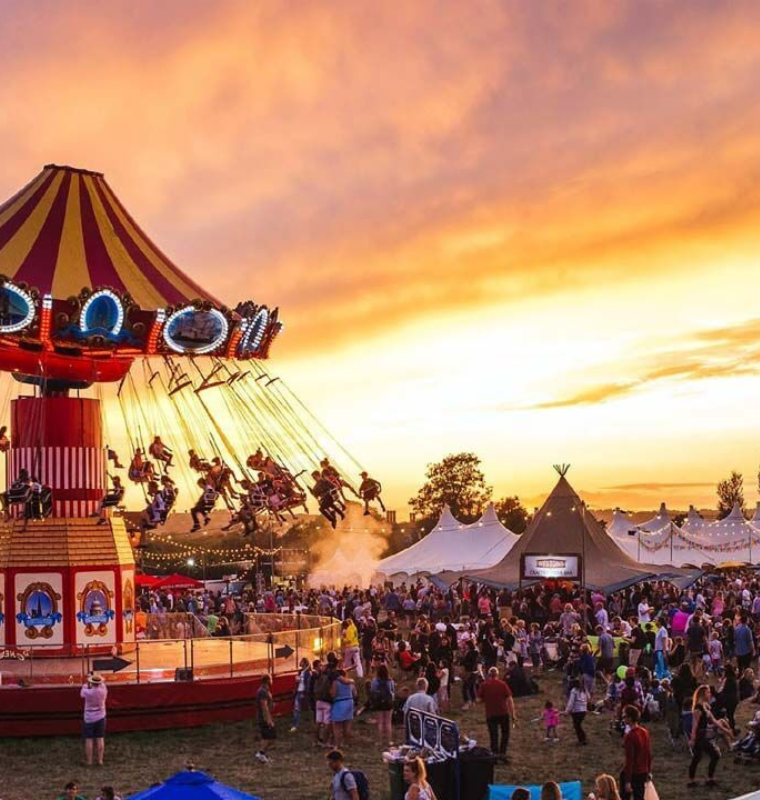
The Nostalgia Effect: How the Past Drives Modern Buying Decisions
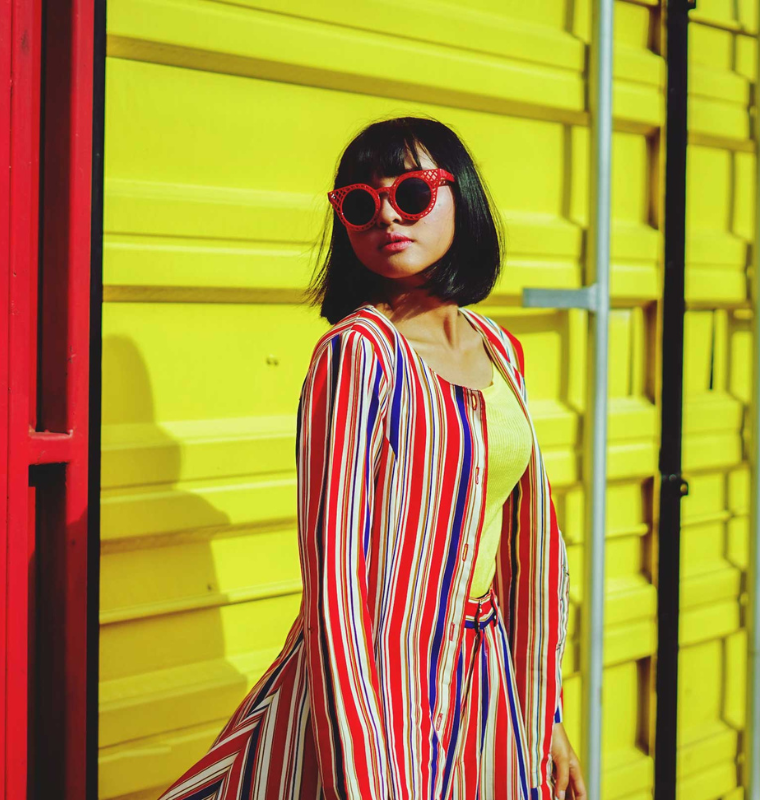
The Digital Stage Economy: How Virtual Concerts Are Turning Pixels Into Profits

The Festival Economy: How Cultural Celebrations Turn Into Massive Markets

The Digital Stage Economy: How Virtual Concerts Are Turning Pixels Into Profits







